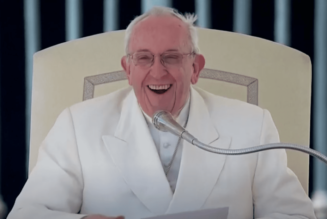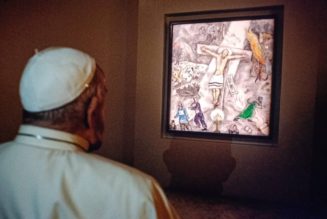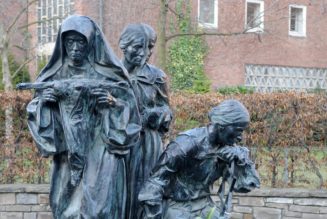
During the years that the missions were active, the bells were mainly used to wake the Franciscan friars for their daily prayers.
The historical preservation commission of Santa Cruz, California last week advised the city council to remove a replica mission bell from a city intersection, saying the bell represents painful history for the indigenous people of the city.
In a Nov. 18 recommendation to the city council, the Santa Cruz Historic Preservation Commission wrote that some California indigenous peoples view the mission bells as a “colonial settler and racist symbol” that “glorifies the killing, dehumanization, forced labor and imprisonment of their ancestors.”
“The mission bells are a constant reminder of the brutal history of the Santa Cruz mission and to our indigenous populations,” Director of Parks and Recreation Tony Elliot told the Santa Cruz Sentinel.
“[They’re] really representative of a lot of pain. Of the genocide and the history related to the Santa Cruz mission.”
Spanish missionaries founded 21 California missions between 1769 and 1833 to evangelize the native people of the area. St. Junipero Serra is considered the founding father of the missions, as he led the creation of the first nine.
The Franciscans founded Mission Santa Cruz Aug. 28, 1791, seven years after St. Serra’s death.
Critics of the missions, and of Serra, have long maintained that the mission system contributed to the virtual destruction of native Californians’ culture and way of life.
Experts have disputed claims that Serra was in any way involved in genocide, and in contrast, there is evidence that Serra advocated for the rights of the indigenous people in the face of mistreatment by the Spanish military.
The mission bell in question, located at an intersection near a park in Santa Cruz, is a replica installed in 2006.
The commission said Valentin Lopez, chairman of the Amah Mutsun Tribal Band, contacted the city in 2019 to ask that all the bells be removed. The city council in October 2020 approved a resolution to update the city’s historic district to provide “a more accurate depiction of the history of the indigenous people of the area.”
Lopez in 2015 wrote to Pope Francis to express his tribe’s opposition to Serra’s canonization.
The bell would be the third and final one in Santa Cruz to be removed from its place since 2019.
During June 2019, officials from the University of California Santa Cruz removed a bell — also a replica, installed in the 1990s — from the school’s campus.
Another bell, installed in Mission Park Plaza in 1999, was stolen during a June 11 protest.
Hundreds of mission bell replicas have been installed over the years along the historic “El Camino Real,” which today roughly follows the route of Highway 101.
According to the California missions’ website, the original mission church, whose bell tower collapsed in 1840, contained nine or ten bells, none of which have survived. The current mission bell tower also contains a replica bell.
During the years that the missions were active, the bells were mainly used to wake the Franciscan friars for their daily prayers.
The decision whether to remove the final bell will come down to the Santa Cruz city council. Eliot, the parks and recreation director, suggested the bell could be moved to a museum and replaced with a historical marker that contextualizes the history of the area.
Statues of the saint have this year become focal points for protests and demonstrations across California, with images of the saint being torn down or vandalized in protest of California’s colonial past. Nationally, rioters have targeted Catholic churches and statues of Christ and Mary.
A Oct. 12 protest at Mission San Rafael Arcangel began peacefully but then turned violent, as participants defaced another St. Junipero Serra statue with red paint before dragging it to the ground with nylon straps and ropes. The local district attorney ultimately charged five individuals with felony vandalism in connection with the incident.
A statue of Serra was torn down in Golden Gate Park, San Francisco, June 19 by a crowd of about 100 people, and on the same day a statue of the saint was torn down in Los Angeles.
Rioters pulled down and defaced a statue of Serra in Sacramento on July 4.
Some California institutions, such as the University of San Diego, have put their statues of Serra in storage to protect them.
On July 11, a fire being investigated for arson gutted the 249-year-old Mission San Gabriel in Los Angeles, a mission church founded by St. Serra.
Join Our Telegram Group : Salvation & Prosperity
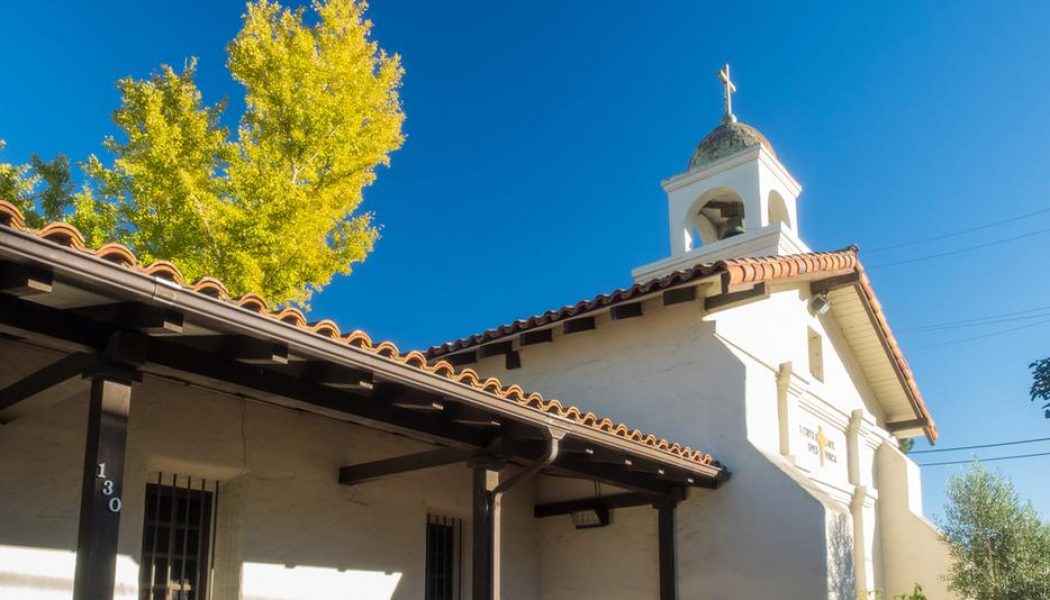
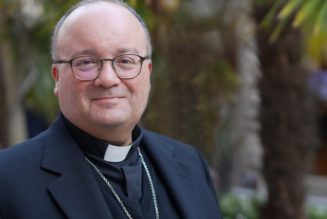

![Pope John Paul II’s Soviet spy [WSJ paywall]…](https://salvationprosperity.net/wp-content/uploads/2020/05/pope-john-paul-iis-soviet-spy-wsj-paywall-327x219.jpg)

